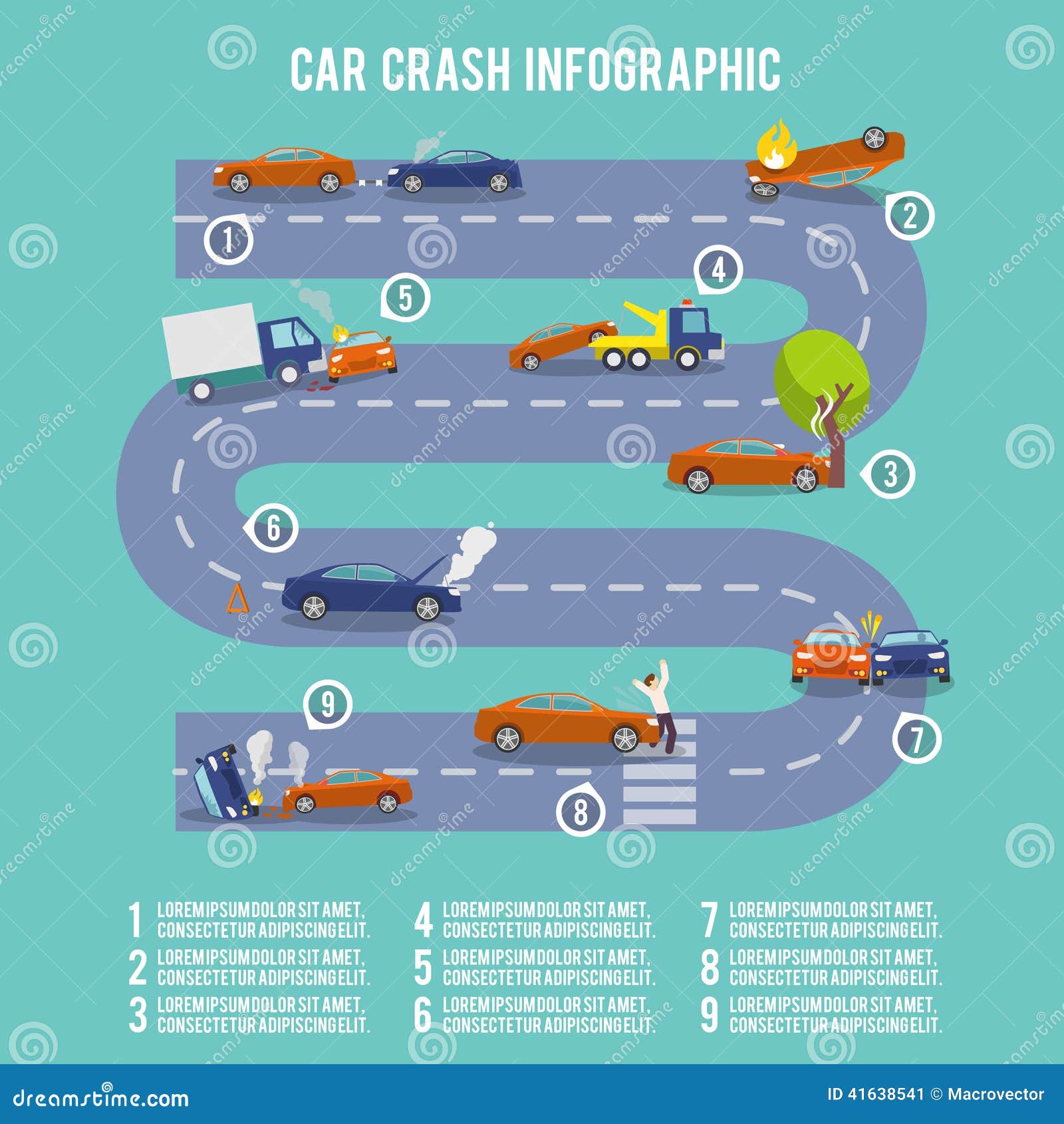Understanding The Definition Behind Your Vehicle'S Caution Lighting: A Comprehensive Look
Understanding The Definition Behind Your Vehicle'S Caution Lighting: A Comprehensive Look
Blog Article
Material Written By-Vinson Gilbert
When you're behind the wheel, those glowing caution lights on your control panel can be a little bit complicated. Do you understand what they're trying to inform you regarding your automobile's health and wellness? Comprehending the importance of these lights is important for your safety and security and the long life of your car. So, the next time one of those lights pops up, would not you want to analyze its message accurately and take the needed actions to resolve it?
Common Warning Lighting and Interpretations
Recognize typical caution lights in your cars and truck and understand their significances to ensure secure driving.
The most normal caution lights consist of the check engine light, which indicates problems with the engine or discharges system. If related web-site comes on, it's crucial to have your automobile inspected promptly.
The oil pressure cautioning light shows low oil pressure, requiring immediate focus to avoid engine damage.
Recommended Studying blinking battery light may recommend a defective billing system, potentially leaving you stranded otherwise attended to.
The tire pressure monitoring system (TPMS) light alerts you to low tire stress, impacting vehicle security and gas performance. Overlooking this might result in dangerous driving problems.
Highly recommended Website indicates a trouble with the anti-lock stopping system, compromising your capability to quit swiftly in emergency situations.
Finally, the coolant temperature warning light warns of engine overheating, which can lead to severe damage otherwise fixed swiftly.
Understanding these typical warning lights will help you resolve issues quickly and maintain safe driving problems.
Significance of Prompt Attention
Comprehending the common warning lights in your vehicle is just the primary step; the value of promptly addressing these warnings can't be emphasized enough to guarantee your safety when driving.
When a caution light brightens on your control panel, it's your cars and truck's method of communicating a potential concern that requires attention. Overlooking these cautions can cause more severe problems later on, jeopardizing your security and possibly costing you more out of commission.
Trigger interest to alerting lights can stop malfunctions and mishaps. For example, a blinking check engine light could suggest a misfire that, if left ignored, can create damages to the catalytic converter. Resolving this immediately can conserve you from a costly repair service.
Likewise, a brake system warning light might signal reduced brake fluid or used brake pads, vital components for your security when driving.
DIY Troubleshooting Tips
If you see a warning light on your control panel, there are a few do it yourself troubleshooting suggestions you can try before seeking professional help.
The very first step is to consult your vehicle's manual to understand what the certain warning light indicates. Sometimes the problem can be as basic as a loose gas cap setting off the check engine light. Tightening up the gas cap might settle the trouble.
One more usual concern is a reduced battery, which can activate different advising lights. Inspecting the battery connections for rust and guaranteeing they're safe could repair the trouble.
If a caution light lingers, you can attempt resetting it by disconnecting the car's battery for a couple of mins and afterwards reconnecting it. In addition, examining your lorry's fluid levels, such as oil, coolant, and brake liquid, can assist repair warning lights connected to these systems.
Conclusion
In conclusion, understanding your cars and truck's warning lights is important for keeping your vehicle running efficiently and securely. By without delay addressing these alerts and recognizing what they mean, you can stay clear of pricey fixings and potential break downs.
Bear in mind to consult your cars and truck's guidebook for certain details on each cautioning light and act accordingly to ensure a hassle-free driving experience.
Stay informed, remain risk-free when driving!
